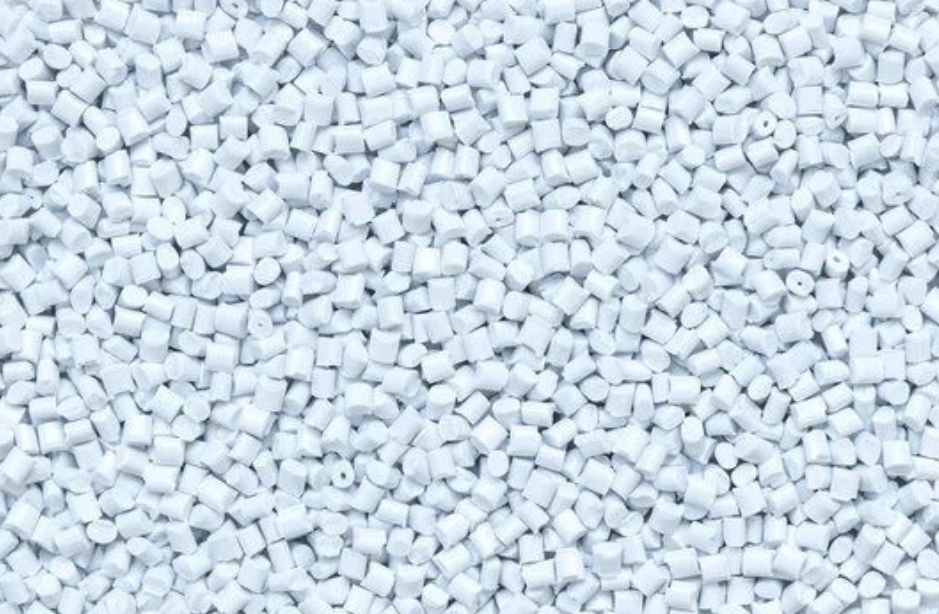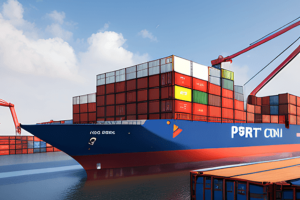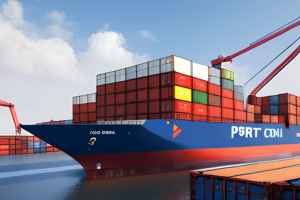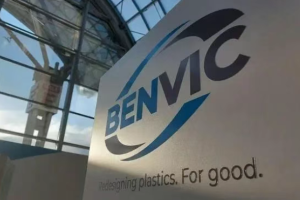June 20, 2025 –
Solving Color Inconsistency: The Science Behind Masterbatch Dispersion
For plastic manufacturers, achieving uniform coloration remains an ongoing technical challenge. Poor dispersion of color masterbatches frequently manifests as streaking, speckling, or uneven shades in finished products – defects that often trace back to fundamental material science principles.
The dispersion dilemma stems from complex interactions between multiple factors:
- Pigment Characteristics
- High-density pigments (e.g., titanium dioxide) face gravitational settling
- Carbon black particles exhibit strong agglomeration tendencies
- Optimal particle size distribution becomes critical for homogeneous blending
- Carrier Resin Dynamics
- Melt flow index (MFI) mismatches between carrier and base resin create flow patterns
- Viscosity gradients during processing affect pigment distribution
- New bio-based carriers introduce additional compatibility considerations
- Processing Parameters
- Injection molding temperature variations as small as 5°C impact dispersion
- Screw design and wear significantly influence shear mixing efficiency
- Residence time affects pigment breakdown and distribution

Industry solutions are evolving beyond simple additive adjustments:
- Advanced dispersing agents with targeted molecular architectures
- Hybrid carrier systems combining multiple polymer functionalities
- AI-assisted parameter optimization for specific machine configurations
“True dispersion solutions require holistic analysis,” notes Dr. Lisa Chen, materials specialist at AsiaMB. “We’re seeing success with collaborative troubleshooting teams that examine the complete material-process-equipment system.”
For color masterbatch formulators, the dispersion challenge presents both technical hurdles and innovation opportunities. Next-generation solutions may incorporate:
- Smart pigments with self-dispersing surface modifications
- In-line dispersion monitoring systems
- Machine-learning driven formulation adjustments














